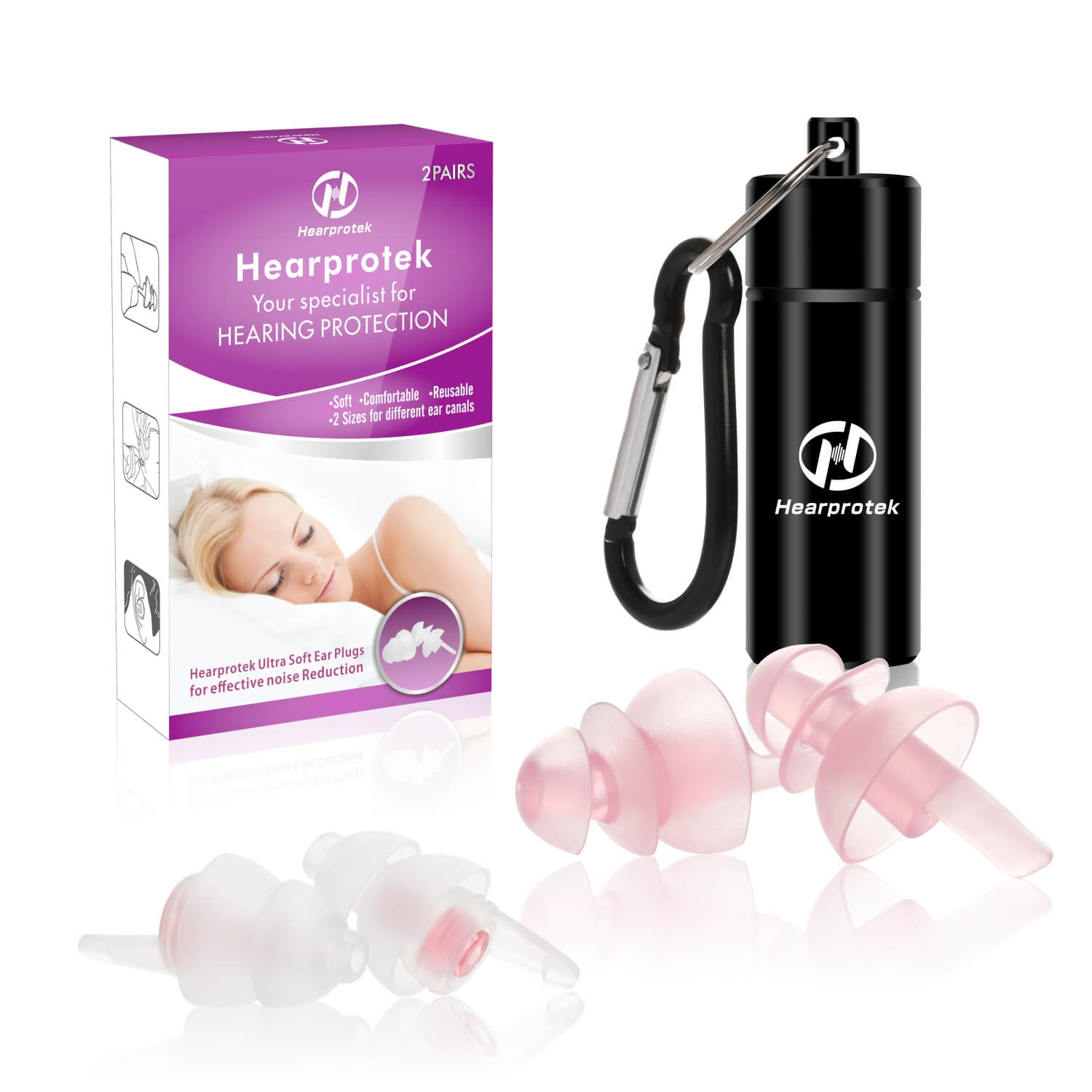When it comes to protecting our hearing in industrial settings, choosing the right ear plugs is crucial. Two popular options that are often considered are silicone ear plugs and foam ear plugs. Both offer their own set of advantages and disadvantages, making it important for industrial professionals to understand which option is best suited for their needs.
The Benefits of Silicone Ear Plugs
Silicone ear plugs are known for their durability and longevity. Made from a soft and flexible material, they provide a comfortable fit that can be worn for extended periods of time without causing discomfort. The reusable nature of silicone ear plugs also makes them a cost-effective choice for industrial professionals who require ear protection on a regular basis.
Furthermore, silicone ear plugs offer a high level of noise reduction, effectively blocking out loud sounds and preventing potential hearing damage. They are particularly effective in environments with high levels of noise, such as construction sites or manufacturing plants.
The Advantages of Foam Ear Plugs
Foam ear plugs, on the other hand, are known for their excellent noise reduction capabilities. They are made from a soft, expandable foam material that conforms to the shape of the ear canal, creating a tight seal that blocks out noise effectively. Foam ear plugs are disposable, making them a convenient option for industrial professionals who prefer a hygienic solution.
Another advantage of foam ear plugs is their affordability. They are generally more cost-effective compared to silicone ear plugs, making them a popular choice for individuals who require ear protection on a temporary basis or for occasional use.
Silicone Ear Plugs vs Foam Ear Plugs: Which Option is Best for Industrial Professionals?
Choosing between silicone ear plugs and foam ear plugs ultimately depends on the specific needs and preferences of industrial professionals. Here are some factors to consider:
Duration of Use
If you require ear protection for long periods of time, silicone ear plugs may be the better option. Their comfortable fit and reusable nature make them suitable for extended wear without causing discomfort.
On the other hand, if you only need ear protection for short durations or occasional use, foam ear plugs may be more convenient. They can be easily disposed of after use, ensuring a hygienic solution each time.
Noise Levels
If you work in an environment with high levels of noise, such as a construction site or a factory, silicone ear plugs may provide better noise reduction. Their durable material and tight fit help block out loud sounds effectively, protecting your hearing in noisy environments.
However, if you work in an environment with moderate noise levels, foam ear plugs may offer sufficient noise reduction. Their ability to conform to the shape of the ear canal creates a tight seal that effectively blocks out noise.
Cost
Cost is another important factor to consider. Silicone ear plugs are generally more expensive upfront due to their reusable nature. However, they can be used multiple times, making them a cost-effective option in the long run.
On the other hand, foam ear plugs are more affordable upfront but need to be replaced after each use. If you require ear protection on a temporary basis or for occasional use, foam ear plugs may be the more cost-effective choice.
Personal Preference
Ultimately, personal preference plays a significant role in choosing between silicone ear plugs and foam ear plugs. Some individuals may find silicone ear plugs more comfortable and prefer their reusable nature, while others may prefer the convenience and disposability of foam ear plugs.
It is important to try out both options and determine which one provides the best fit, comfort, and noise reduction for your specific needs.
In conclusion, both silicone ear plugs and foam ear plugs offer their own set of advantages and disadvantages for industrial professionals. The choice between the two depends on factors such as duration of use, noise levels, cost, and personal preference. By considering these factors and trying out both options, industrial professionals can make an informed decision that best suits their hearing protection needs.
Sources:
For more information on silicone ear plugs and foam ear plugs, please visit the following credible sources:
